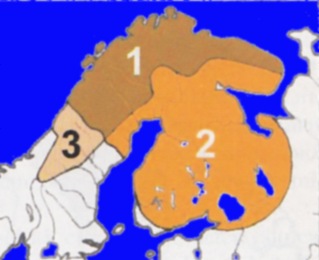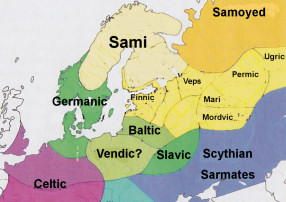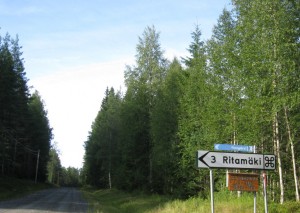There is the tendency in Finland to tell that Finland is for the Finns and they should therefore all talk Finnish. And they moreover tell that Swedes were conquerors (when they arrived 1000 years ago the “Finnish” shores) and implanted Swedish, and the Russians tried that (200 years ago), too.
With that background, I couldn’t but laugh for myself as I encountered a map like this in a book about the root of the Europeans.

On the map areas 1 and 2 represent the Sami people around AD 0. Area 3 is area that the Sami inhabited during XIV and XV centuries.
And the area 2 is the area where the Finnish (first tribes, nowadays government) have pushed the Sami away. So with this background, the ongoing linguistic and cultural aggression towards the Sami, Swedish speaking Finns and other linguistic minorities can be seen as a continuum for what has gone on for more than 2 millenniums.
Read more:
- Finnish imperialism in Sami homeland
- Sign up in Facebook: Give Sami People Back Their Homeland in Finland
- Map about Swedish dialects in Finland
- Swedish verb conjugation, some info about Swedish in Finland


